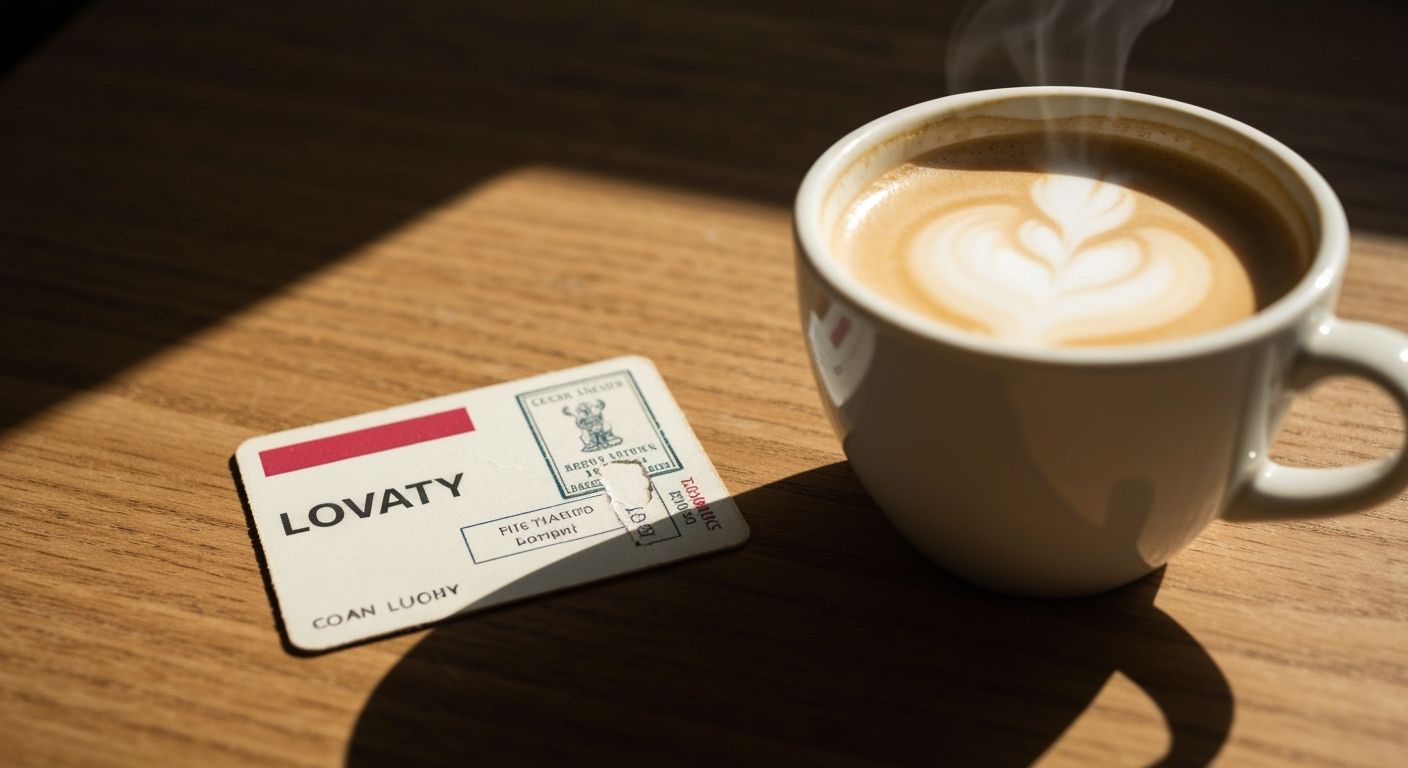The Surprising Power of the Loyalty Card That Doesn't Do Anything

Not so long ago, I found myself standing in line at a Wellington fishmonger, clutching a paper loyalty card that’s seen more fish than the Pacific. Ten stamps in, and I was due a free bag of something I didn’t really want. But I didn’t care. I’d earned it. I had marks to prove it.
There’s something quietly brilliant about how a limp piece of cardboard with tiny squid icons can worm its way into our habits. Yet here we are, a decade into digital transformation, and the analogue loyalty card still thrives. Some cafés even push back on digital apps proudly, as if fingerprint loyalty tracking is some kind of sell-out. One Ponsonby café rewards you with a sixth coffee free, only if you hand over a bent, stamped card held together with chewing gum. And somehow, it works.
What feels fascinating is how this lo-fi token of appreciation sidesteps the usual data arms race. No emails. No points dashboard. No promotional push notifications triggering PTSD. It's intimacy through routine. It’s simple. Quiet. Like a bartender who remembers your drink. Little wonder that when Airpoints launched their latest buzzword-happy rewards structure, most people just wanted their free coffee.
The marketing team’s temptation is to digitise, gamify, optimise, optimise again. But there's a magic to the low-fi narrative. Loyalty not as a spreadsheet, but a ritual. Stamp by stamp, you get addicted to the ink. Not because it's clever. But because it respects your time without taking your data hostage. Try replicating that on an app. Spoiler: you can’t.
There’s something quietly brilliant about how a limp piece of cardboard with tiny squid icons can worm its way into our habits. Yet here we are, a decade into digital transformation, and the analogue loyalty card still thrives. Some cafés even push back on digital apps proudly, as if fingerprint loyalty tracking is some kind of sell-out. One Ponsonby café rewards you with a sixth coffee free, only if you hand over a bent, stamped card held together with chewing gum. And somehow, it works.
What feels fascinating is how this lo-fi token of appreciation sidesteps the usual data arms race. No emails. No points dashboard. No promotional push notifications triggering PTSD. It's intimacy through routine. It’s simple. Quiet. Like a bartender who remembers your drink. Little wonder that when Airpoints launched their latest buzzword-happy rewards structure, most people just wanted their free coffee.
The marketing team’s temptation is to digitise, gamify, optimise, optimise again. But there's a magic to the low-fi narrative. Loyalty not as a spreadsheet, but a ritual. Stamp by stamp, you get addicted to the ink. Not because it's clever. But because it respects your time without taking your data hostage. Try replicating that on an app. Spoiler: you can’t.